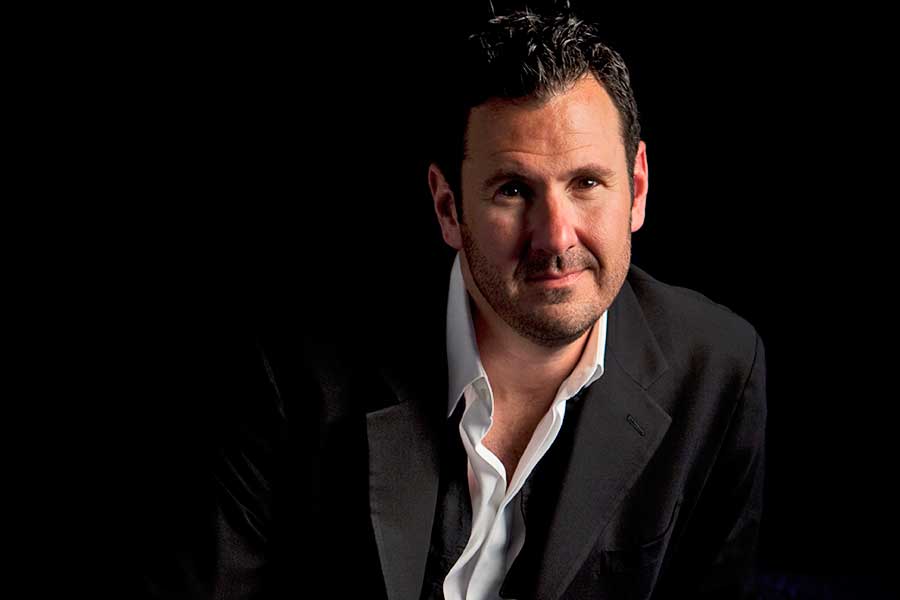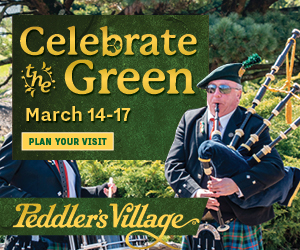Out Philadelphia native Lee Lessack makes his hometown debut with “Simon and Garfunkel’s Live in Central Park [Revisited]” at the Rrazz Room at The Prince on April 24. The concert, which Lessack performs with Johnny Rodgers, is not an imitation or recreation, but an act that showcases the set list from Sept. 19, 1981, when Simon and Garfunkel performed their hits for an audience of 500,000 people.
Lessack recently spoke with PGN about his upcoming concert.
PGN: This concert is your hometown debut. What do you recall about growing up and starting your career in Philly?
LL: I grew up in Dresher and did theater. I left right after high school. I went to New York and then Los Angeles. I spent seven years working for Henry Winkler. I was not performing at all. It was a fascinating job and a great learning experience. Then I started singing in clubs and got a few jobs and then thought I might be able to make a living out of it. I’d vacation and book a job in New York. My folks now live in Chicago, so I’d visit them and book a show. When I realized I could make a living out of it, I discovered a performing-arts market.
PGN: How did you develop and embark on your singing career?
LL: I come from a very musical family. My grandmother was a concert vocalist. My mom was under contract with the Philadelphia Opera. In high school and college, I could carry a tune but I never felt or found what was unique to my voice. I took voice lessons, even when I worked for the Winklers, for my own enjoyment. I was in my 20s when I heard my voice change, but I heard a texture, a sound and a feeling, that was uniquely mine; that was a game changer. I don’t know what it was, but after that, I never stopped working.
PGN: What prompted you to embark on recreating “Simon and Garfunkel’s Live in Central Park [Revisited]”?
LL: That’s a big question. Johnny Rodgers is an incredible singer/songwriter/arranger. He was a musical director for Liza Minnelli; he did her Broadway run. We toured and collaborated on and off. He called me and wanted to do anther show and he suggested a Simon and Garfunkel show. As a producer and promoter, I thought it was a great idea. I don’t do impersonations, and I‘m not a cover-song guy. I wanted to make it unique and marketable. So I thought, What would make this different? And it hit me: What if we recreated their concert and set list from Central Park? I made sure it was kosher to do it. This song list, in particular, really resonates. It’s been fantastic and thrilling and a lot of fun.
PGN: Do you feel there are dangers in doing a tribute performance such as this act, especially because it is so well known?
LL: With a harmony line like Simon and Garfunkel’s, we have to stay truthful to it; otherwise, it doesn’t honor them. Their harmonies are well known and woven into the musical tapestry of a lot of people. There are things we changed up a bit, but we also want to honor the material. Simon and Garfunkel are both still around, but they will never tour together again. I guess it was bold. It didn’t feel bold at the moment. People love the concept and the idea.
PGN: You perform all 21 songs. Do you have favorites? Are there any particularly difficult ones?
LL: “The Sound of Silence” will always be a favorite; it’s a combination of the lyrics and how strongly it impacts the audience. I never had any fantasy of being a pop/rock star. This is the closest I’ve come. I’ve never had a reaction like the one I get with this song. I love the entire set list for different reasons. But if I had to pick one, “Scarborough Fair” is vocally difficult. I’m a baritone and I have to sing tenor and high harmonies. I had to find the muscle that works. It’s hard, it’s high.
PGN: What is the secret to doing a performance like this?
LL: We don’t recreate their patter because then you get into impersonating. We do have patter; we just have a different spin on it. We interpret the songs as we would interpret them. It’s our connection and our friendship. It’s also very different from any other concerts I’ve ever done. As a vocalist, it’s my job to take the audience on their journey, driving that ship through patter, connection and song. One thing I realized in this concert is to get out of the way because the set list is the start of the show. I’m trying to serve that material. Secondary is how Johnny and I relate to it and each other. People have a very strong connection to these songs. How it resonates and the memories it brings back is more visible than any other song list that I’ve experienced. I want everyone to have their own experience.

